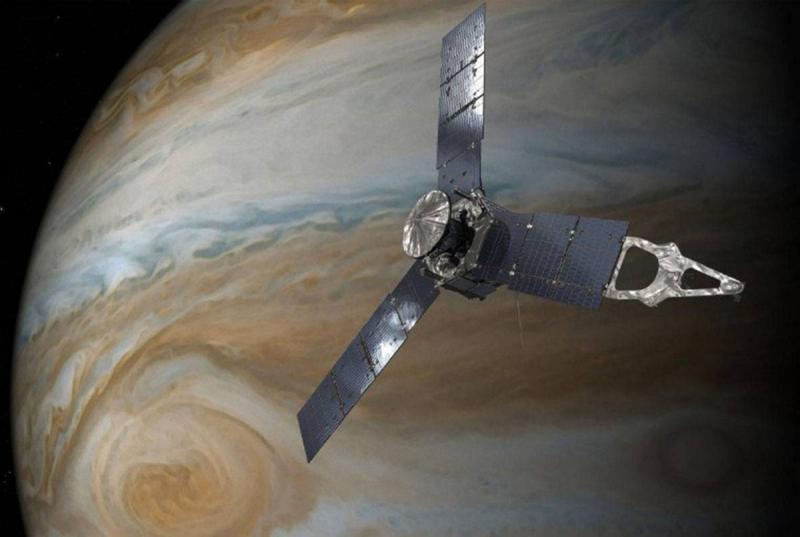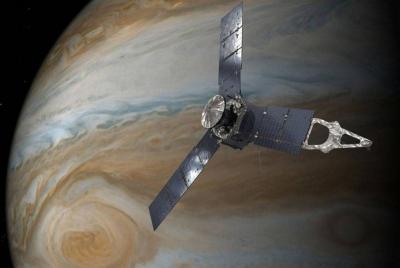NASA's Juno spacecraft has visited Jupiter's moon Io for the second time, coming very close within less than two Earth months. To celebrate this achievement, NASA and the Southwest Research Institute released a new set of images showing the notoriously hellish moon appearing unusually calm. Io has around 400 active volcanoes on its surface, and some erupting gas can be seen in the close-up images captured by Juno on February 3.
Scientists also released a video showing Juno's gradual approach to the "Jovian System" moon, featuring a globe filled with light spots from volcanic eruptions. Juno was launched in 2011 and entered orbit around Jupiter in 2016, taking highly elliptical orbits that allow it to fly near Jupiter's poles before moving away.
Originally, Juno's tasks related to Jupiter were completed in 2021, but NASA extended the mission to explore some of the largest moons in our solar system, with Io being one of them. The spacecraft first approached within 930 miles (1,500 km) of the moon in December 2023, getting closer than any other spacecraft except NASA's Galileo in 2001. Over the last few days, Juno completed its fifty-eighth orbit.
On February 3, NASA’s JunoMission conducted a second close flyby of Jupiter's moon Io, at a distance of 930 miles (1,500 km). The twin flybys aim to provide new insights into how Io’s volcanic engine works and whether a global magma ocean exists beneath its rocky surface.
Unfortunately for Io, it is subjected to immense gravitational forces from both the massive planet Jupiter and its moon Europa, reshaping its interior and turning it into a hotspot of volcanic activity. However, scientists do not fully understand how this process works. For instance, some scientists believe that Io contains a global molten rock ocean beneath its surface, while others think that a highly heated solid metallic core is what drives its volcanoes. By using the Juno spacecraft to examine Io, scientists hope to accurately determine how the planet and its volcanoes move.




